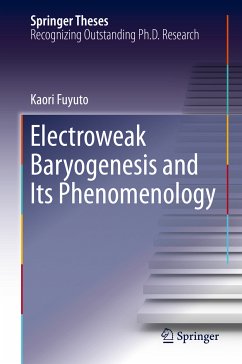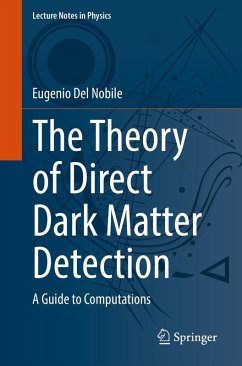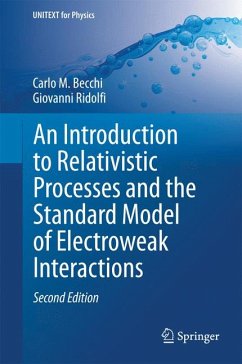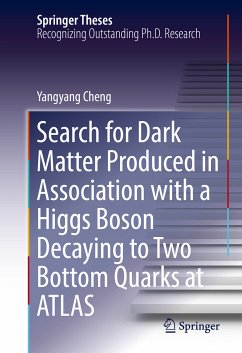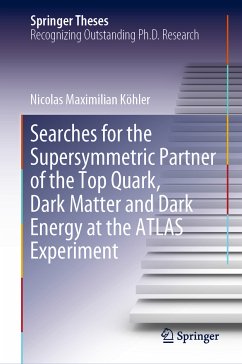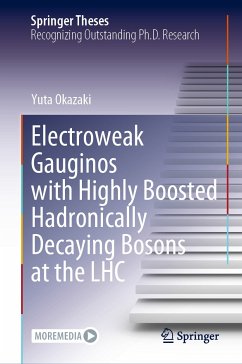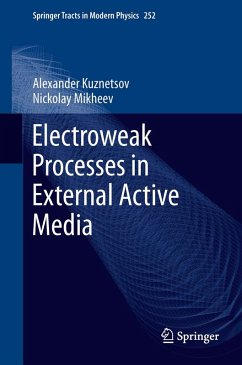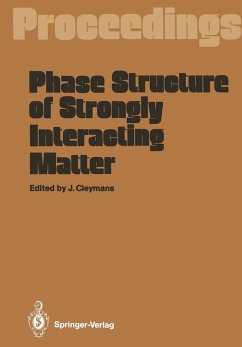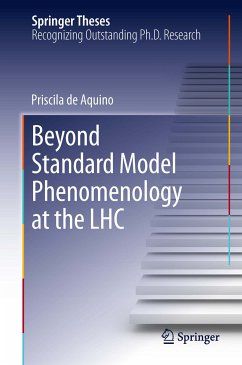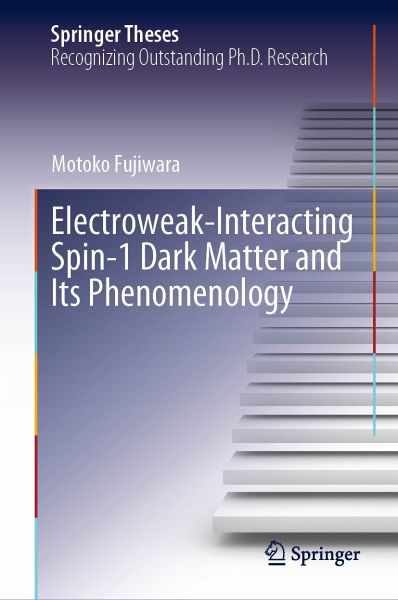
Electroweak-Interacting Spin-1 Dark Matter and Its Phenomenology (eBook, PDF)
Versandkostenfrei!
Sofort per Download lieferbar
120,95 €
inkl. MwSt.
Weitere Ausgaben:

PAYBACK Punkte
60 °P sammeln!
This book offers construction of a renormalizable effective theory of electroweak-interacting spin-1 dark matter (DM). The effective theory realizes minimal but essential features of DM predicted in extra-dimension models, and enables to systematically treat non-perturbative corrections such as the Sommerfeld effects. Deriving an annihilation cross section including the Sommerfeld effects based on the effective theory, the author discusses the future sensitivity of observations to gamma-ray from the Galactic Center. As a result, the author explains the monochromatic gamma-ray signatures origin...
This book offers construction of a renormalizable effective theory of electroweak-interacting spin-1 dark matter (DM). The effective theory realizes minimal but essential features of DM predicted in extra-dimension models, and enables to systematically treat non-perturbative corrections such as the Sommerfeld effects. Deriving an annihilation cross section including the Sommerfeld effects based on the effective theory, the author discusses the future sensitivity of observations to gamma-ray from the Galactic Center. As a result, the author explains the monochromatic gamma-ray signatures originate from two photons (¿¿) or photon and Z boson (¿Z) produced in the process of DM annihilations, and concludes a possible scenario that unstable neutral spin-1 particles (Z') appear and results in a spectral peak in addition to the one caused by ¿¿ and ¿Z channels in gamma-ray observations. If those two spectral peaks are observed, the masses of spin-1 DM and Z' would be reconstructed.
Dieser Download kann aus rechtlichen Gründen nur mit Rechnungsadresse in A, B, BG, CY, CZ, D, DK, EW, E, FIN, F, GR, HR, H, IRL, I, LT, L, LR, M, NL, PL, P, R, S, SLO, SK ausgeliefert werden.



